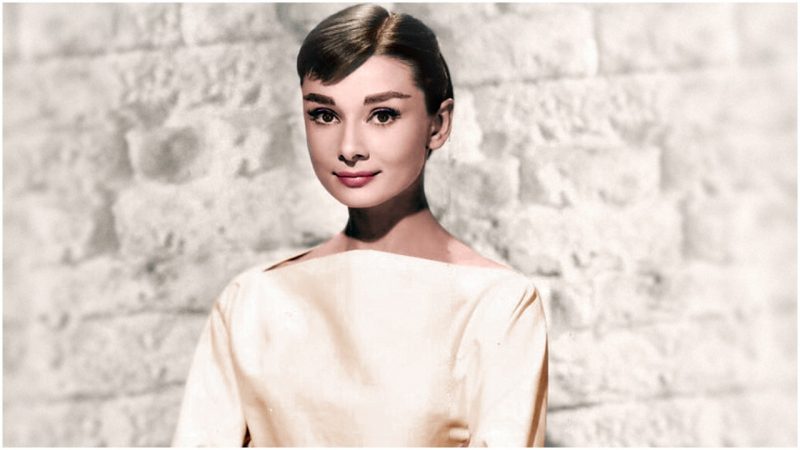One of Hollywood’s most beloved icons, Audrey Hepburn is remembered for her charm, beauty and iconic roles in movies like Breakfast at Tiffany’s, Sabrina or My Fair Lady, as well as for her philanthropy. But what she experienced as a teenager and how it shaped her life is a more authentic yet dramatic story.
Hepburn’s youth was anything but a quiet river. She was born in 1929 in Brussels to British financial worker Joseph Ruston and Dutch noblewoman Baroness Ella van Heemstra. Both her parents supported fascism.
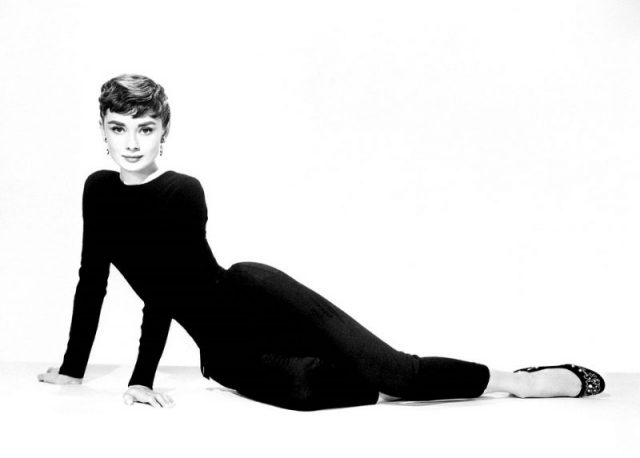
In 1935, Hepburn’s father abandoned the family, leaving Hepburn and her mom in financial hardships, according to the New York Post. “My parents divorced when I was 10, and my father disappeared and all that,” Hepburn said. “But we didn’t have any money at all.”
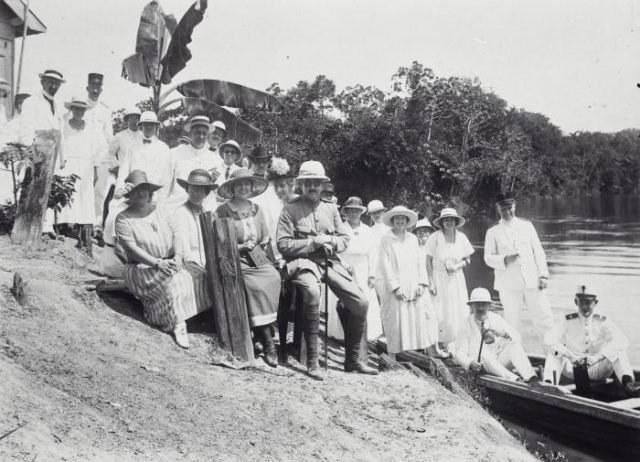
Because of the rising tensions between the United Kingdom and Germany, Hepburn’s mom believed they would be safer in the Netherlands, which was then trying to remain neutral in the conflict. In 1939 they moved to Arnhem, the Netherlands, hoping to escape the war, but the Nazis swarmed the country in May 1940. Take a closer look with the video below:
https://youtu.be/7eZ4aRTssZw
Van Heemstra had introduced her daughter to ballet lessons while they were still in England. The German occupation took a hard toll on young Audrey Hepburn, who used ballet as an escape from this harsh reality. She trained at the Arnhem conservatory with ballet professor Winja Marova and became her “star pupil.”
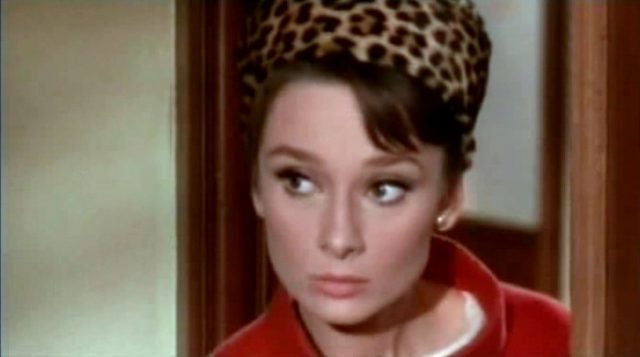
The German occupation took an even more cruel turn on Hepburn when the Nazis assassinated her uncle, Otto van Limburg Stirum, in 1942.
Van Heemstra used to be a passionate fascist: in England she was a member of the British Union of Fascists, and after her divorce, she had written enthusiastic columns for Fascist publication The Blackshirt, as reported by Biography.com. Stirum’s murder turned Van Heemstra away from Nazi ideology, to become an avid member of the Dutch Resistance.
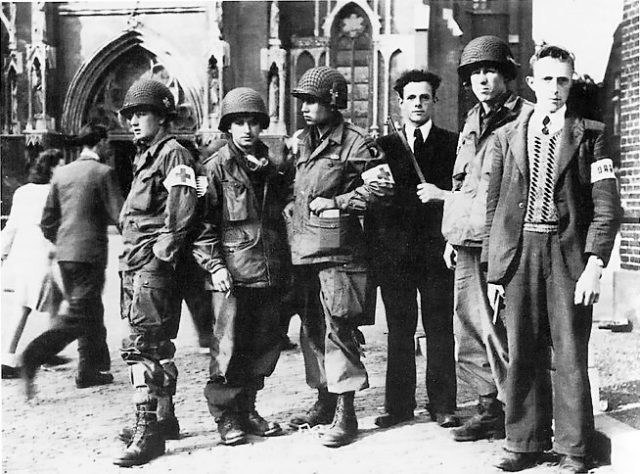
In 1944, Hepburn met with Dr. Hendrik Visser ’t Hooft, a local physician, and Dutch Resistance leader. She became a volunteer for the Dutch Resistance, using her passion for dancing and talents for ballet by having secret shows to fund resistance groups. She recalled the crowd was so afraid of Nazis they did not clap to the performance to avoid getting caught.
These events, called “black evenings,” were indeed illegal. The name derives from the hosts who had to black out the windows to remain secret, according to the New York Post.
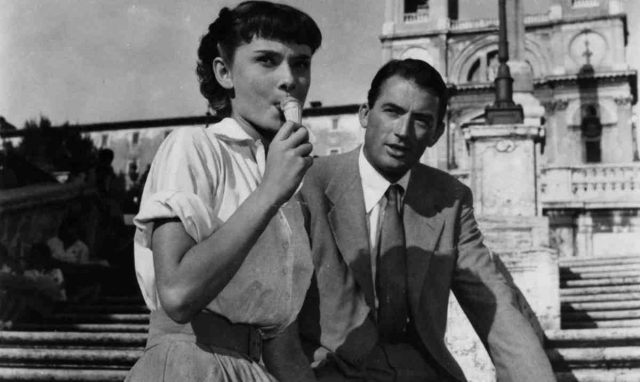
As Biography.com reports, many Dutch children were couriers as they were less likely to raise the suspicions of German troops. Hepburn was one of those, delivering messages and papers to Resistance members and allied pilots downed over the Netherlands. Her ability to speak English made her a precious asset to the Resistance in this role. The New York Post also reports that Hepburn and her mom harbored an English pilot during the summer of 1944.
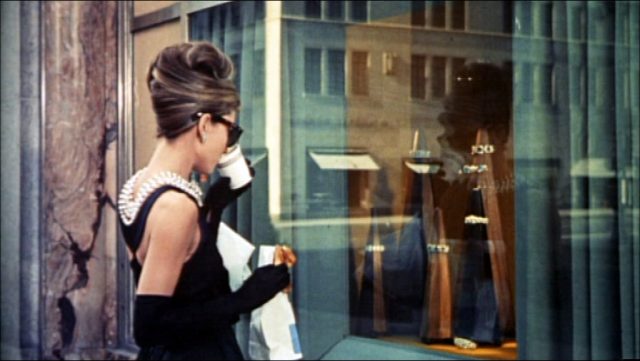
Hepburn lived in the cellar of the family apartment to avoid bombings, and faced food shortages so severe she almost starved to death, Schmooze reports. After the war, she read Diary of a Young Girl by Anne Frank and felt greatly impacted by the book. Luca Dotti, Audrey Hepburn’s son, talked about his memories of her in an interview with People Magazine.
“My mother never accepted the simple fact that she got luckier than Anne,” Dotti said. “She possibly hated herself for that twist of fate.”
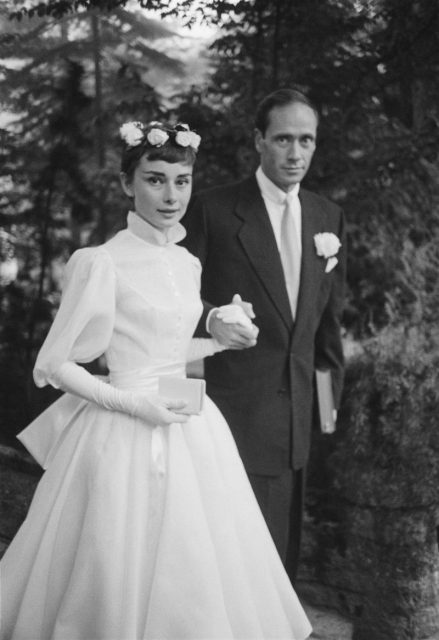
Hepburn went on to achieve stardom at Hollywood, being praised for great performances in movies such as Sabrina and Breakfast at Tiffany’s. But she never forgot the experiences she had gone through during the war. Otto Frank, Anne’s Frank father, even requested her to play his daughter’s role, but Hepburn could not bring herself to it.
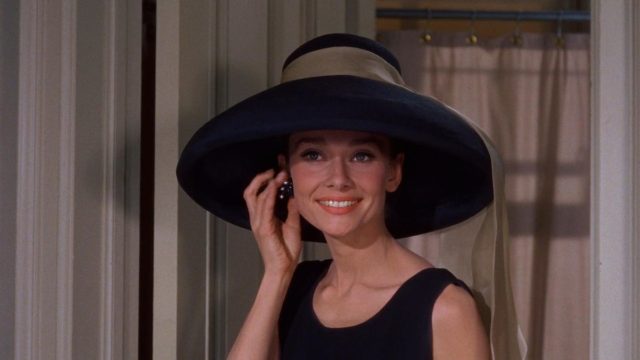
Much of the information on Hepburn’s youth and role in the Dutch Resistance has been brought to light by Robert Matzen. His book Dutch Girl: Audrey Hepburn and World War II addresses this specific topic, with foreword written by Luca Dotti. Matzen wrote that Hepburn felt too strong a connection with Anne Frank to ever accept the role:
“I was so destroyed by it again, that I said I couldn’t deal with it,” Hepburn said. “It’s a little bit as if this had happened to my sister… in a way she was my soul sister.”
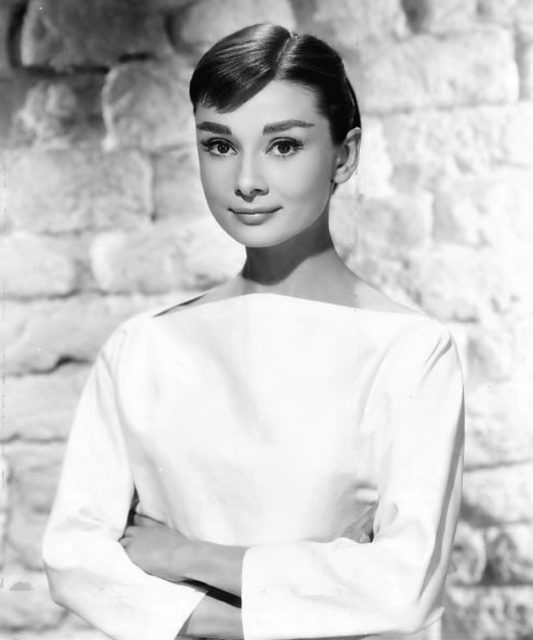
After her Hollywood career, Hepburn famously became a UNICEF ambassador. Her dedication earned her the Presidential Medal of Freedom in 1992, at a time when traveled for UNICEF while she had cancer. This role was important to her because she had grown up during the war and without a father.
“I can testify to what UNICEF means to children because I was among those who received food and medical relief right after World War II,” Hepburn once said.
